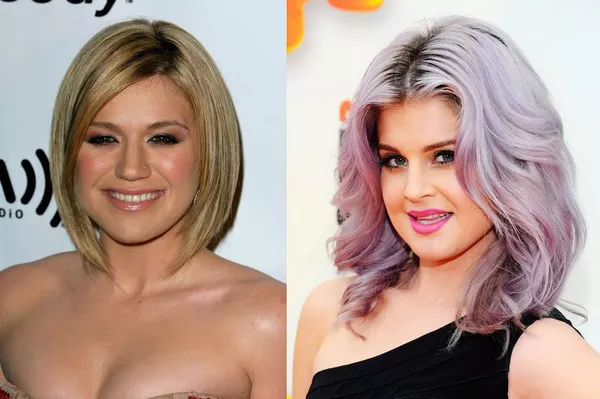When it comes to hair coloring, balayage and traditional highlights are two popular techniques that can add dimension and brightness to one’s hair. While both methods aim to achieve lighter strands, they differ significantly in application, results, and overall appearance. Understanding the differences between balayage and traditional highlights is essential for clients and hairstylists alike, as it can help determine which technique best suits the desired aesthetic and hair goals.
I. Balayage: Soft and Natural Dimension
Balayage, a French term meaning “to sweep,” is a freehand technique that involves painting or sweeping color onto sections of the hair to create soft, natural-looking highlights. The colorist strategically selects strands to lighten, focusing on the surface of the hair, particularly the mid-lengths and ends. Balayage results in a sun-kissed, blended effect that mimics the natural highlights created by the sun, offering a low-maintenance, seamless transition between darker and lighter tones. This technique is ideal for clients seeking a subtle, effortless look with minimal upkeep.
II. Highlights: Defined and Uniform Streaks
Highlights, on the other hand, involve using foil or plastic wraps to separate and lighten specific sections of the hair from the roots to the ends. This technique creates uniform, defined streaks of lighter color throughout the hair, resulting in a more structured and precise appearance compared to the soft, blended effect of balayage. Highlights can be applied using various methods, such as traditional foiling or the newer techniques of babylights or micro-lights, depending on the desired level of contrast and dimension.
III. Choosing Between Balayage and Highlights: Considerations
When deciding between balayage and traditional highlights, several factors should be considered to ensure that the chosen technique aligns with the client’s preferences and hair goals. Some key considerations include:
Desired Look and Effect: Clients seeking a natural, effortlessly blended appearance may prefer balayage, while those looking for more defined, uniform streaks of color may opt for traditional highlights.
Maintenance and Upkeep: Balayage generally requires less frequent touch-ups compared to traditional highlights, making it a suitable choice for clients seeking a low-maintenance coloring option.
Hair Texture and Length: Both techniques can complement various hair textures and lengths, with balayage offering a more versatile, seamless application that suits different hair types.
Color Intensity: Balayage tends to create a softer, subtler effect, while traditional highlights can offer a bolder, more dramatic contrast, depending on the client’s desired color intensity and overall style preference.
By considering these factors, clients and hairstylists can determine whether balayage or traditional highlights better align with the client’s aesthetic preferences and lifestyle, ensuring a satisfying and personalized hair coloring experience.
FAQs about Balayage and Highlights:
1. Can balayage be applied to all hair colors and textures?
Balayage can be applied to various hair colors and textures, although the results may vary depending on the client’s natural base color and hair type. The technique can be adapted to create subtle highlights for darker hair tones and more noticeable contrasts for lighter hair shades.
2. How long does a balayage or highlights appointment typically take?
The duration of a balayage or highlights appointment can vary depending on the client’s hair length, thickness, and the desired outcome. While balayage sessions may take longer due to the freehand painting technique, traditional highlights appointments can involve a quicker application process, especially when using foiling methods.
3. Is it possible to transition from traditional highlights to balayage?
Clients can transition from traditional highlights to balayage by allowing the previously lightened sections to grow out gradually, incorporating the balayage technique during subsequent touch-up appointments. A skilled colorist can blend the existing highlights with hand-painted balayage highlights to create a seamless, natural-looking transition.

